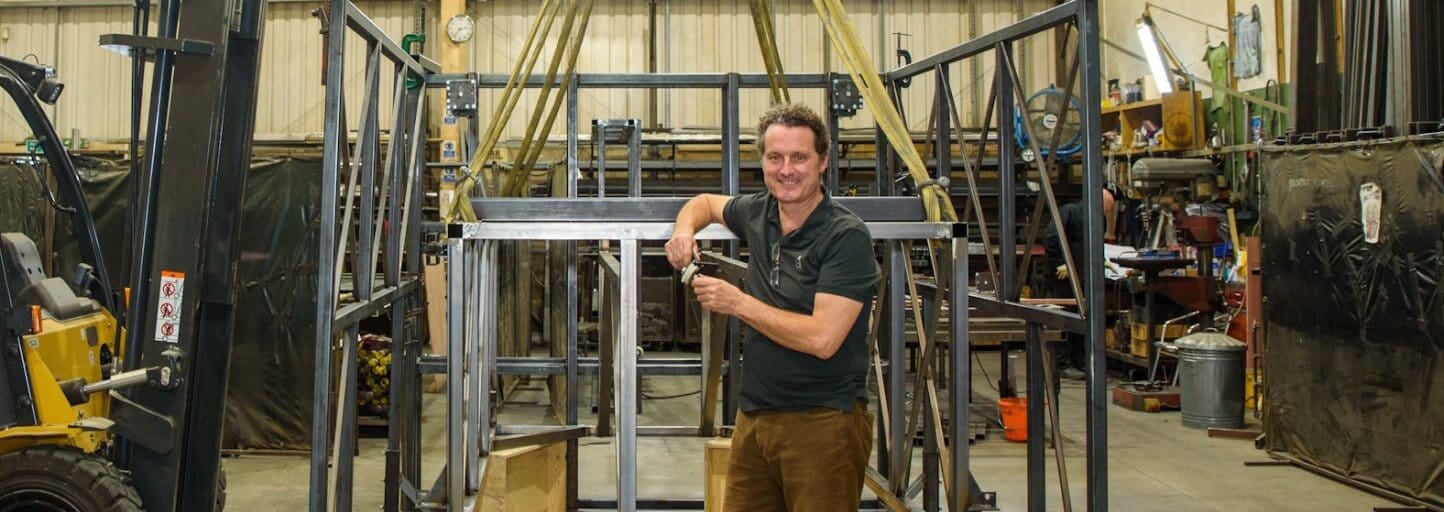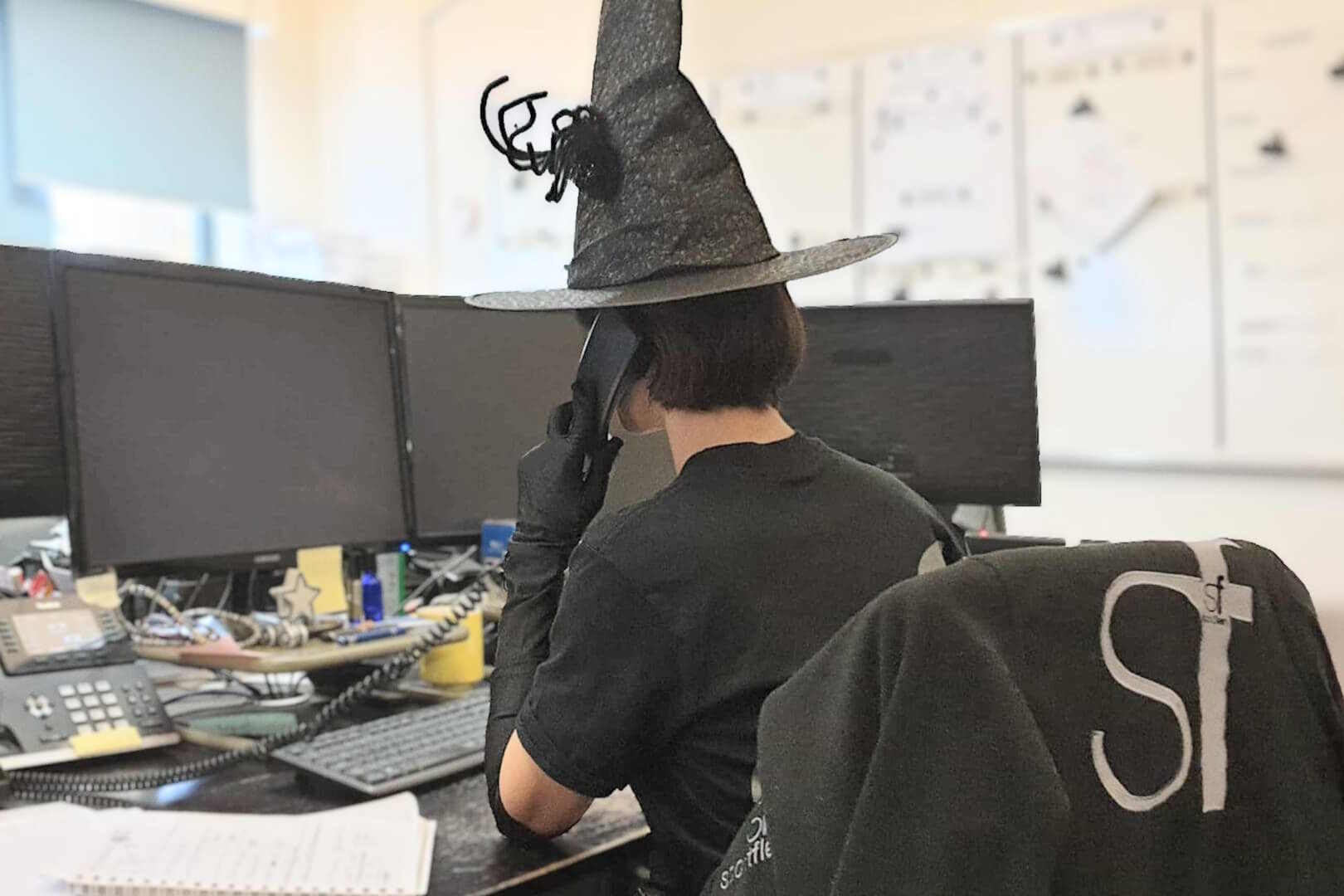The Confluence of Artistry and Engineering in Modern Set Design
The Confluence of Artistry and Engineering in Modern Set Design
In the exciting world of modern set design, you’ll find Scott Fleary Productions, a company that thrives at the crossroads of artistic vision and engineering precision. We specialise in transforming creative concepts into awe-inspiring realities, leaving a remarkable mark on renowned venues like The National Theatre, Royal Opera House, and broadcasting giants such as BBC, ITV, and C4.
Scott Fleary’s approach is a harmonious blend of creative ingenuity and meticulous engineering. We are committed to bringing our clients’ ideas to life, welcoming challenges with open arms and employing a wide array of innovative techniques, materials, and technology to turn their concepts into tangible masterpieces.
When it comes to the design phase, we encounter innovative ideas in various forms, ranging from cardboard model boxes to intricate 3D computer models or even simple sketches on the back of an envelope. Our dedicated team conducts a thorough analysis, identifying the best materials, dimensions, and finishing touches. We take into account critical factors such as venue compatibility, transportation logistics, lighting design, safety protocols, and functionality, all while working within tight timelines.
Collaboration is at the core of our design process. We work closely with our clients and designers, and our philosophy of ‘never saying no’ empowers us to employ groundbreaking techniques and materials to bring their envisioned designs to life.
Integral to our work is Computer-Aided Design (CAD), a powerful tool that supports all our projects. CAD drawings provide comprehensive 2D and 3D representations of the engineering and design elements, serving as a seamless communication conduit among clients, designers, and our fabrication team.
We take on a pivotal role in addressing engineering complexities, from developing geometry and structural solutions to conducting finite element analysis, prototyping, testing, and specifying fabrication and installation processes. The engineering challenges we face come in many forms, such as ensuring structures are both strong and lightweight, capable of accommodating technology, and resilient in the face of adverse weather conditions. We collaborate closely with structural engineers to effectively manage stresses and pressures.
At the heart of our operation is Computer Numerical Control (CNC) technology, which ensures the precise cutting of sheet materials for steel structures and timber components. The choice of materials guides the cutting and joining methods, whether it’s steel being cut by saws, lasers, or plasmas and subsequently joined through welding or bolting, or timber components meticulously crafted using nails, screws, bolts, or adhesive. Plastics are shaped and assembled using various methods through CNC technology.
The outward appearance of a project is of paramount importance, as it significantly influences structural decisions. We offer a range of finishes, from laminates, plastics, and printed vinyl to vacuum-formed panels, paint, and hot-wired polystyrene shapes, catering to diverse artistic requirements.
Given the unique and often challenging nature of our creations, a trial build in our workshop becomes an essential step. This phase addresses assembly order, finishing, and safety concerns, ensuring that everything operates as intended.
In today’s sets, a multitude of technological elements are incorporated, from pixilated LED screens and high-definition projectors to LED strip lights and intricate cabling. The trial build phase is pivotal in seamlessly integrating these technologies, which may involve extensive camera testing and software programming.
When it comes to the assembly of our creations at offsite venues, meticulous planning is key. We cover all aspects of equipment logistics, road access, crane availability, and contingencies for inclement weather.
Most often, our structures need to be lifted into position. We employ various methods, from motor-driven systems and cranes to manual effort. The choice of lifting method significantly influences engineering decisions, and ‘stack building’ is often employed, wherein the top of the structure is constructed first, followed by the sequential addition of subsequent sections.
The final product of Scott Fleary Productions is not just a work of art; it’s an experience seen by millions of viewers. We initially gained recognition for our work in theatre and live events, but we’ve expanded our reach to encompass television, news, sports studios, art installations, retail, and more. Our unwavering commitment to merging artistic vision with engineering precision remains the cornerstone of our enduring success
Still Have Questions?
Our friendly team is here to help you out.

